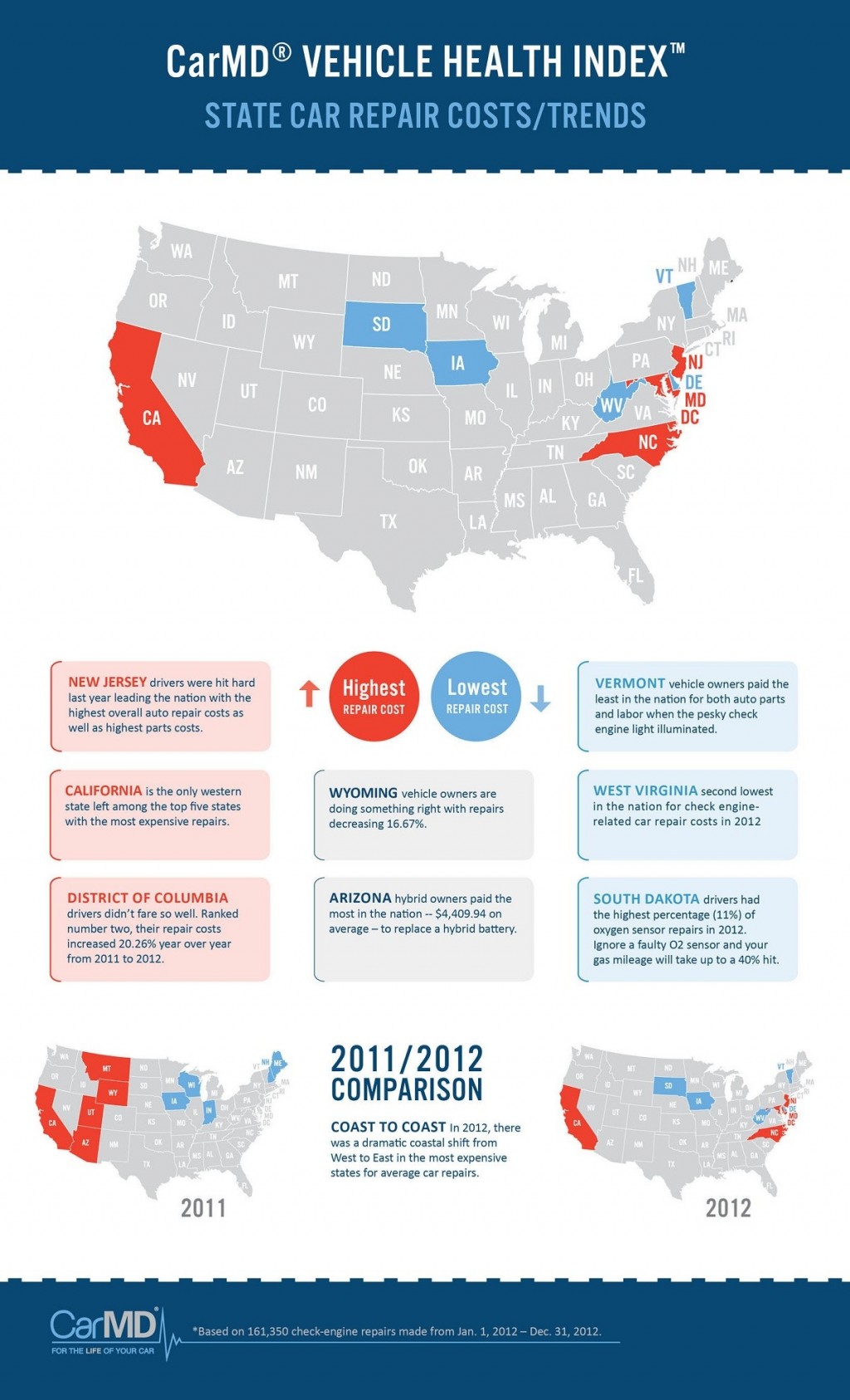A Guide To Identifying The Most Normal Warning Lights On Your Control Panel And Their Implications
A Guide To Identifying The Most Normal Warning Lights On Your Control Panel And Their Implications
Blog Article
Material By-Petty Cooper
When you lag the wheel, those control panel warning lights can be an actual enigma. But did you understand that understanding them can conserve you from possible car problems later on? From hop over to here threatening check engine light to the refined oil pressure warning and the ever-important battery light, every one serves as an important signal from your automobile. It's time to shed light on these common control panel warnings and furnish yourself with the understanding to navigate the roadway ahead.
Comprehending the Check Engine Light
When your control panel illuminates with the check engine light, it is essential not to panic however to take immediate activity. The check engine light functions as a warning that your automobile's onboard analysis system has found a possible concern with the engine, exhausts, or various other critical parts. Disregarding this light can result in extra extreme issues down the road, so it's vital to address it quickly.
To understand the source of the concern causing the check engine light, you can utilize an OBD-II scanner to obtain the certain difficulty codes saved in your vehicle's computer system. These codes offer valuable info that can aid identify the underlying trouble.
While some problems creating the check engine light might be minor, such as a loosened gas cap, others might suggest much more significant problems that require specialist focus.
Decoding the Oil Stress Caution
Upon experiencing the oil pressure warning light on your dashboard, immediate attention is necessary. This warning indicates that the oil stress in your engine might be also low, which can lead to severe engine damages if not addressed without delay. Low oil stress can be caused by a range of concerns such as a leak, a malfunctioning oil pump, or low oil levels. Disregarding this warning light might result in pricey repair work or even engine failure.
If you see the oil stress warning light come on, the very first step is to safely pull over to the side of the road and turn off your engine. Inspect the oil degree making use of the dipstick and ensure it goes to the advised degree.
If the oil level is low, top it up with the suitable oil for your car. If the oil level suffices, do not continue driving and seek support from a mechanic to identify and deal with the concern quickly. Keep in mind, keeping appropriate oil pressure is important for the health and wellness and durability of your engine.
Analyzing the Battery Light
To decipher the importance of the battery light on your dashboard, you need to comprehend its essential duty in your lorry's electrical system. When the battery light brightens while you're driving, it shows that the electrical system isn't getting sufficient power from the battery.
This could be due to a failing battery, a malfunctioning generator, or problems with the charging system. Overlooking this alerting light could bring about your car delaying or being unable to begin.
If the battery light begins, it's recommended to securely pull over and have your vehicle evaluated by a technician asap. They can carry out diagnostics to pinpoint the underlying concern and stop a potential failure.
Verdict
Since you understand just how to identify one of the most typical caution lights on your control panel and what they imply, you can resolve any kind of possible issues without delay. Remember, the check engine light, oil stress caution, and battery light are all important signs of your vehicle's wellness. Keep educated, remain risk-free, and keep your vehicle running efficiently by taking notice of these warning signs.
